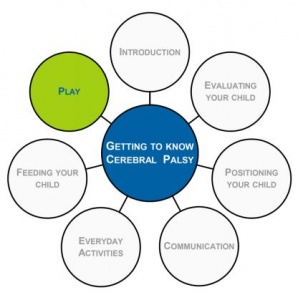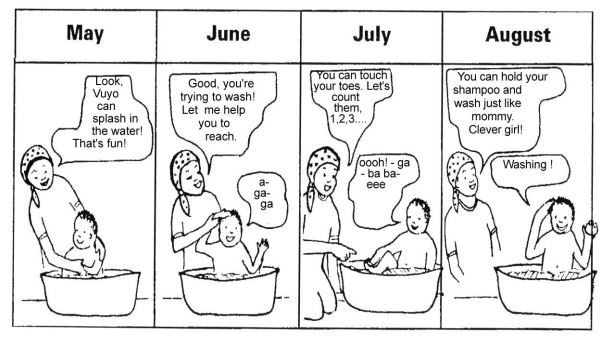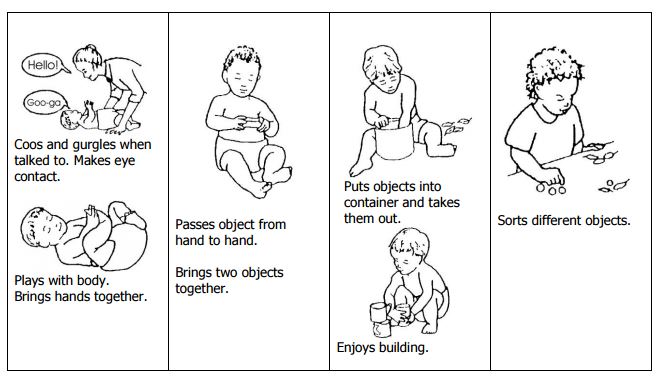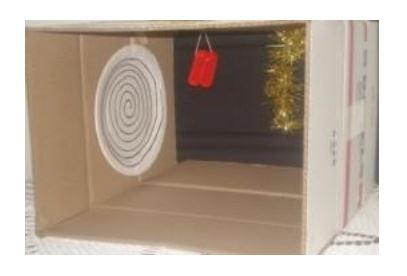Module 7: Play
Page Outcomes [edit | edit source]
When you have finished this workshop, you should be able to:
- Understand and explain to other caregivers the importance of play for a child’s development.
- Help your child with cerebral palsy to enjoy times of play that promotes her communication, movements, social and emotional skills, and learning.
Play[edit | edit source]
Play is any activity that a child CHOOSES to do, and has FUN whilst doing. Through play, a child uses her SENSES to explore and learn.
Senses:
- Seeing
- Hearing
- Touching / Feeling
- Smelling
- Tasting
Something else that works very closely with our senses, and is involved in play, is movement.
Examples of play:
- Enjoying the sound of a rattle/music (hearing)
- Looking at something that is shiny or colourful or pretty, or mom’s face (seeing)
- A baby kicking her legs and laughing (movement)
- Handling different objects – soft, hard, prickly etc (touching / feeling)
- Playing “peek-a-boo” (seeing)
- Splashing in water (feeling and movement)
- Hide and seek (hiding an object under a lid or box and getting the child to try and lift the box to find the object, or hiding yourself from them and seeing if they can move or look for you (seeing)
- Pretending to make food out of mud (touching or feeling)
- Swimming or spinning around in circles (movement)
- Singing & clapping games (sight, movement, hearing)
- Running around (movement)
- Playing soccer or other sports (sight, movement, feeling)
This child is playing and learning:
Why play is important[edit | edit source]
- It gives her opportunities to explore and therefore learn about things in her environment.
- It gives her opportunities to use and develop her senses.
- It gives her a reason to practice moving (when she is having fun she will be motivated to move).
- It gives her opportunities to interact with other people and learn social skills.
- It gives her opportunities to think and learn.
Remember:
- A child in a poor position, and without play and communication, will not develop and learn.
- A child who is not enjoying the activity because she can’t do it, will not develop and learn.
Children need help to play[edit | edit source]
To learn to play, all children need the encouragement of their parents, siblings and other people.
Children with cerebral palsy also need encouragement, and may need special help and attention.The caregivers of a child with cerebral palsy need to encourage her to be active in play situations, and they need to help her to learn.
Play is more important than toys. Almost anything can be used as a toy, if it is used in play.
Simple toys that you can make at home[edit | edit source]
Let’s look at a variety of simple toys that you can make at home for your child. For each toy, we will briefly discuss how you can make it, and then think about which children would benefit from such a toy, and how you can use it to play with them.












